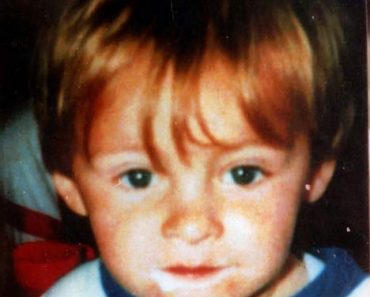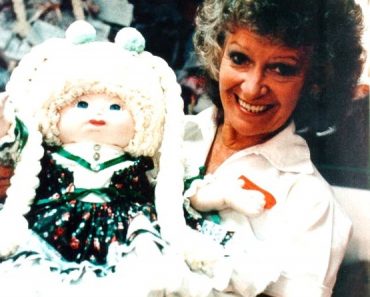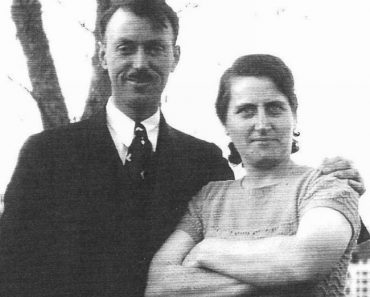 Leonarda Cianciulli – Female Serial Killer
Leonarda Cianciulli – Female Serial Killer
Leonarda Cianciulli was a female, Italian serial killer known as the “Soap-Maker of Correggio.” She murdered three women in Correggio, between 1939 and 1940, and turned their bodies into tea cakes and soap.
Early life of Leonarda Cianciulli
Leonarda Cianciulli was born in Montella. While still a young girl, Leonarda attempted suicide twice.
In 1914 Leonarda married Raffaele Pansardi. Her parents didn’t approve that marriage and, because of this disapproval, Leonarda was certain that her mother cursed them.
The young couple moved to Lariano in Alta Irpinia. Their home was destroyed by an earthquake in 1930 and they moved to Correggio. Leonarda opened a small shop and became very popular as a nice, gentle woman, a doting mother and a nice neighbor.
Leonarda Cianciulli Was Pregnant 17 Times During Her Marriage
Three of the children, however, she lost to miscarriages. Ten more died in their youth. Consequently she was overly protective of her four surviving children. Her fears were fueled by a warning she had received sometime earlier from a fortune teller, who said that she would marry and have children, but that all of her children would die. When Leonarda visited another Gypsy, who practiced palm reading and told her, “In your right hand I see prison, in your left a criminal asylum,” Leonarda, who was a very superstitious woman, took these warnings very much to heart.
Leonarda Cianciulli and Thoughts of Murder
In 1939, Leonarda Cianciulli heard that her eldest son, Giuseppe, was to join the Italian army in preparation for World War II. Giuseppe was her favorite child and she was determined to protect him at all costs. She came to the conclusion that his safety required human sacrifices.
 She found her victims in three middle-aged women, all of whom were her neighbors. Some sources record that Cianciulli was something of a fortune teller herself, and that these women all visited her for help; others state merely that they were friends of hers seeking advice. Whatever the reason, Leonarda Cianciulli began to plan the deaths of the three women.
She found her victims in three middle-aged women, all of whom were her neighbors. Some sources record that Cianciulli was something of a fortune teller herself, and that these women all visited her for help; others state merely that they were friends of hers seeking advice. Whatever the reason, Leonarda Cianciulli began to plan the deaths of the three women.
Leonarda Cianciulli and Her First Victim
Faustina Setti, was a lifelong spinster who had come to her for help in finding a husband. Leonarda told her of a suitable mate in Pola, but convinced her to tell nobody of the news. She further convinced Setti to write letters and postcards to relatives and friends, that were merely to tell them that everything was fine, once she had reached Pola.
On the day of her departure, Setti came to visit Leonarda Cianciulli one last time. Leonarda offered her a glass of drugged wine. Then she (Loenarda) killed her with an ax. She dragged the body into a closet. There she cut her friend into nine parts, gathering the blood into a basin. In her memoir (titled An Embittered Soul’s Confessions), Leonarda Cianciulli described what happened next, in her official statement.
I threw the pieces into a pot, added seven kilos of caustic soda, which I had bought to make soap, and stirred the whole mixture until the pieces dissolved in a thick, dark mush that I poured into several buckets and emptied in a nearby septic tank. As for the blood in the basin, I waited until it had coagulated, dried it in the oven, ground it and mixed it with flour, sugar, chocolate, milk and eggs, as well as a bit of margarine, kneading all the ingredients together. I made lots of crunchy tea cakes and served them to the ladies who came to visit, though Giuseppe and I also ate them.
Leonarda Cianciulli and Her Second Victim
Leonarda claimed to have found Francesca Soavi a job at a school for girls in Piacenza. Like Setti, Soavi was convinced to write postcards to be sent to friends, this time from Correggio, detailing her plans. Also, like Setti, Soavi came to visit with Cianciulli before leaving on her journey. Cianciulli again drugged the woman with wine and then likewise, killed her with an ax.
Leonarda Cianciulli and Her Third Victim
Leonarda Cianciulli’s third, and final victim, was Virginia Cacioppo, a former soprano said to have sung at La Scala. For her, Leonarda claimed to have found work as the secretary for a mysterious impresario in Florence. Like with the other two women, Virginia was told not to tell a single person where she was going. Virginia agreed, and on September 30, 1940, came for one last visit with Cianciulli. The pattern to the murder was exactly the same as the first two, according to Cianciulli’s statement.
She ended up in the pot, like the other two…her flesh was fat and white, when it had melted I added a bottle of cologne, and after a long time on the boil I was able to make some most acceptable creamy soap. I gave bars to neighbors and acquaintances. The cakes, too, were better because that woman was really sweet.
Leonarda Cianciulli Was Discovered
Victoria Cacioppo’s sister-in-law grew suspicious at her (Victoria’s) sudden disappearance. She had last seen her entering Cianciulli’s house. She reported her fears to the police, who immediately opened an investigation. And they soon arrested Leonarda Cianciulli.
Leonarda immediately confessed to the murders and provided a detailed accounts of what she had done.
Leonarda Cianciulli Was Tried For Murder
Cianciulli was tried for murder in Reggio Emilia in 1946. She remained unrepentant, going so far as to correct the official account while on the stand:
At her trial in Reggio Emilia last week Poetess Leonarda gripped the witness-stand rail with oddly delicate hands and calmly set the prosecutor right on certain details. Her deep-set dark eyes gleamed with a wild inner pride as she concluded: “I gave the copper ladle, which I used to skim the fat off the kettles, to my country, which was so badly in need of metal during the last days of the war….”
She was found guilty of her crimes and sentenced to thirty years in prison and three years in a criminal asylum.
Leonarda Cianciulli died of cerebral apoplexy in the women’s criminal asylum in Pozzuoli on October 15, 1970. A number of artifacts from the case, including the pot in which the victims were boiled, are on display at the Criminological Museum in Rome.
credit – murderpedia













































